The Pitot-Static System: How It Works
Pilot Institute
DECEMBER 12, 2024
These two simple features power three of the most important cockpit instruments. This setup is called the pitot-static system. In this article, well break down how the pitot-static system works, what it measures, and why its so important. Key Takeaways The pitot-static system measures airspeed, altitude, and vertical speed.


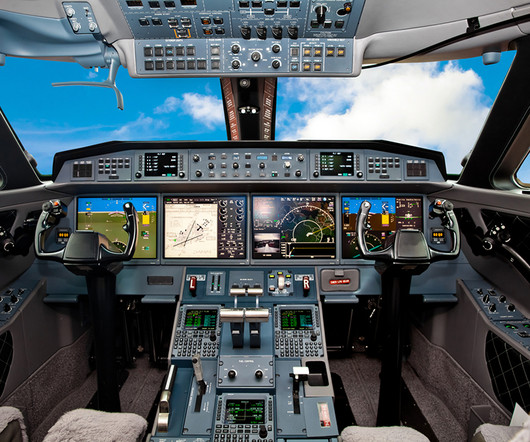
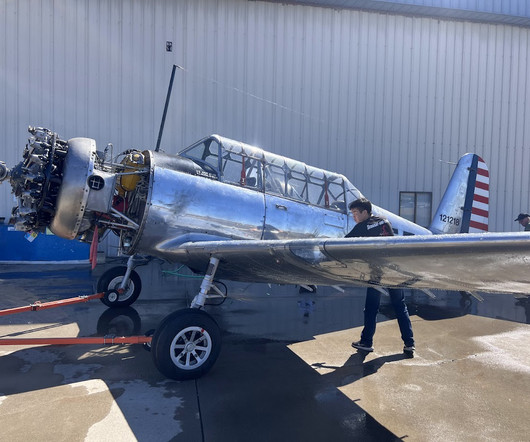
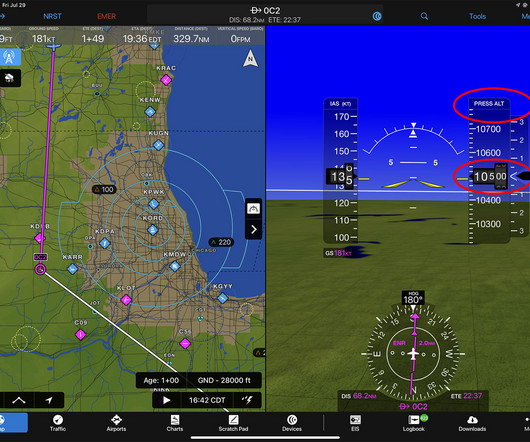

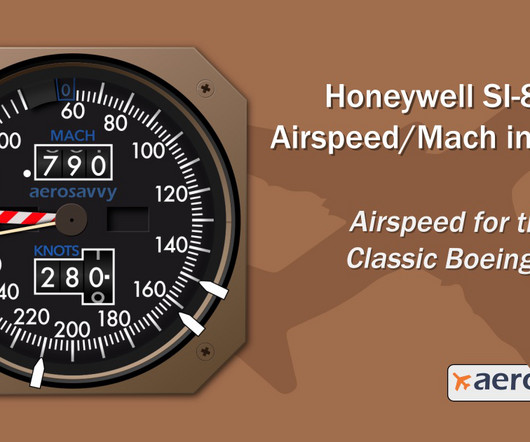

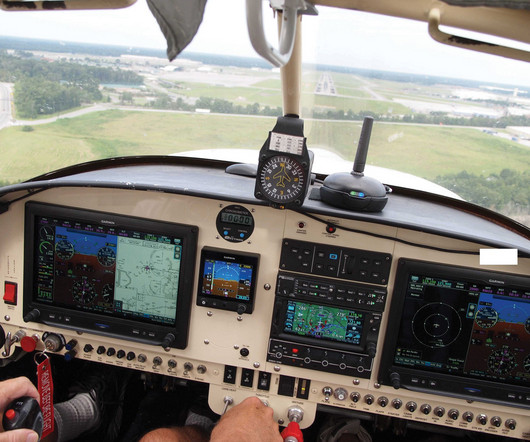


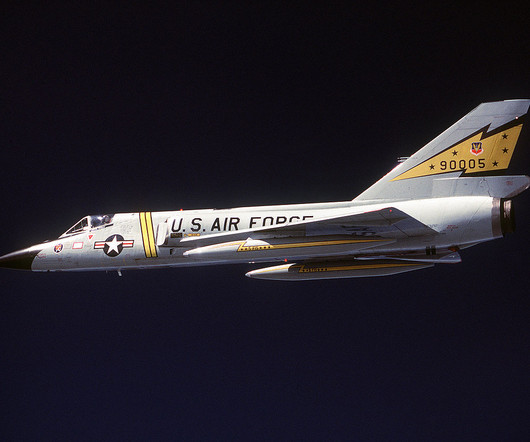






Let's personalize your content